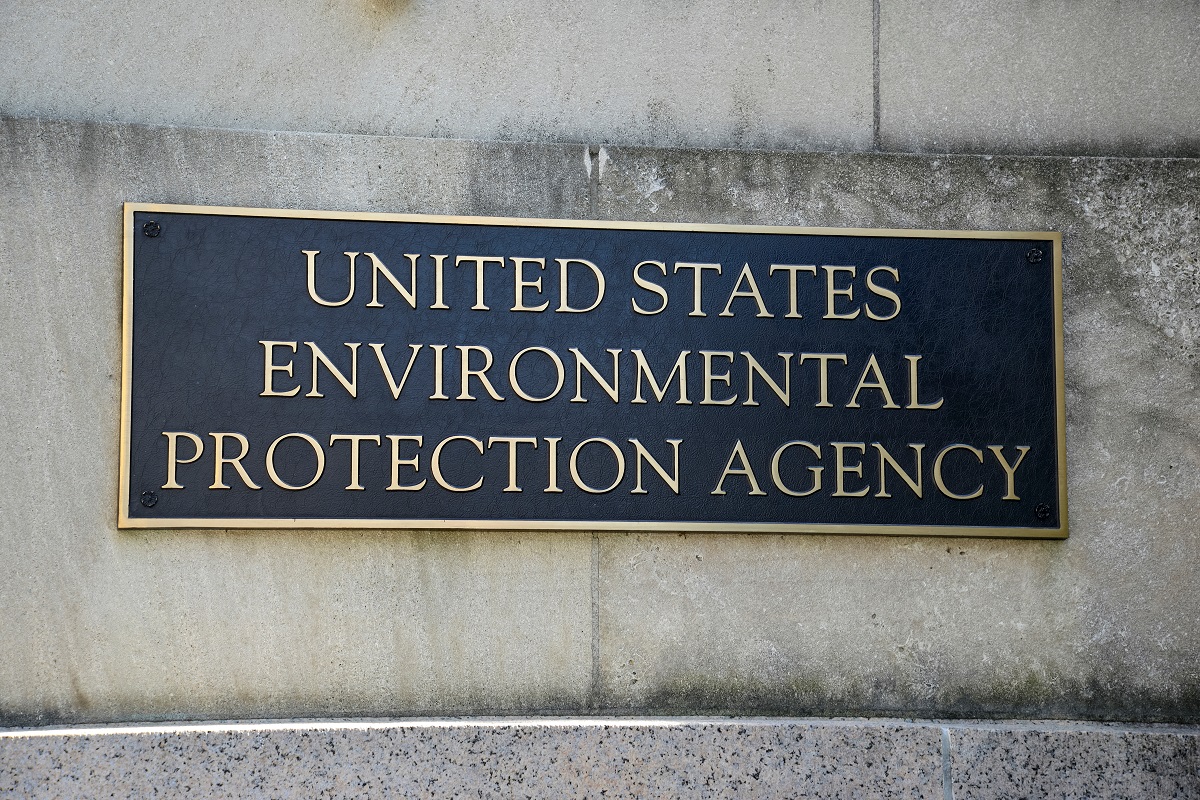On February 5, 2021, the EPA posted updated Frequently Asked Questions (FAQs) for its Audit Policy, formally titled “Incentives for Self- Policing: Discovery, Disclosure, Correction and Prevention of Violations.” This policy provides incentives, such as penalty waivers, for regulated entities to prevent, discover, disclose, and correct environmental violations on a voluntary basis.
The EPA updated these FAQs as part of its “renewed emphasis on its self-disclosed violations policies,” and “in response to some common misconceptions in the regulated community” about several features of the policy.
In its updated FAQs, the EPA revealed that “[o]f the nearly 28,000 facilities disclosing to EPA between 1995 and 2020, EPA denied Audit Policy Program penalty mitigation based on serious actual harm or an imminent and substantial endangerment condition less than a dozen times. One of those instances involved a release that required community evacuation of the surrounding area, and another involved the death of an employee.”
All nine of the eligibility criteria within the EPA’s Audit Policy must be met for an entity to be eligible for the 100% reduction of gravity-based penalties offered under the program.
Nine Eligibility Criteria
- Systematic discovery. The violation was discovered through an environmental audit or the implementation of a compliance management system.
- Voluntary discovery. The violation was discovered voluntarily and not because of a legally required monitoring, sampling, or auditing procedure.
- Prompt disclosure. Full disclosure is made in writing to the EPA within 21 days of discovery or such shorter time as may be required by law. Discovery occurs when any officer, director, employee, or agent of the facility has an objectively reasonable basis for believing that a violation has or may have occurred.
- Independent discovery and disclosure. Disclosure occurs before the EPA or another regulator would likely have identified the violation through its own investigation or based on information provided by a third party.
- Correction and remediation. The violation is corrected within 60 calendar days from the date of discovery, certified in writing, and actions have been taken to repair any resulting harm.
- Prevent recurrence. Steps to prevent recurrence of the violation are agreed to in writing.
- Repeat violations are ineligible. The specific (or closely related) violations must not have occurred at the same facility within the past 3 years or as part of a pattern at multiple facilities owned or operated by the same entity within the past 5 years; if the facility has been newly acquired, the existence of a violation before acquisition does not trigger the repeat violations exclusion.
- Certain types of violations are ineligible. The following violations are not eligible: those that result in serious actual harm; those that may have presented an imminent and substantial endangerment; and those that violate the specific terms of an administrative or judicial order or consent agreement.
- Cooperation. The disclosing entity must cooperate with the EPA.
Entities are eligible for a 75 percent penalty mitigation and a recommendation for no criminal prosecution of the violations when they meet the other conditions but fail to meet the systematic discovery condition.
Clean Air Act (CAA) and Clean Water Act (CWA) Violations
Title V certification requirements under the CAA and National Pollutant Discharge Elimination System (NPDES) regulations under the CWA require compliance certification processes and periodic monitoring on a systematic basis.
“Generally, CAA violations discovered during activities supporting Title V certification requirements are not considered to be ‘voluntarily discovered,’” according to the EPA. And “… discovery of NPDES permit violations through such prescribed monitoring is not voluntary and, therefore, such violations generally are not eligible for penalty mitigation under the self-disclosed violations policies.”
The EPA has made certain exceptions that may allow Title V penalty mitigation on a case-by-case basis, which include “violations that the regulated entity discovers and discloses well in advance of, and that are not prompted by, the Title V application process” and “violations that the regulated entity discovers and discloses after it has submitted a complete Title V permit application, but prior to any compliance certification requirement in an issued Title V permit that would require certification as to the violated underlying requirement, provided such violations were new or unforeseeable at the time of the permit application….”
There is only one exception for mitigation of NPDES permit violations, which falls under the New Owner Audit Policy “where new owners: correct violations found, and upgrade deficient equipment and practices, as soon as possible … and either disclose violations or enter into an audit agreement with an auditing and disclosure schedule, before the first instance when the monitoring, sampling or auditing is required….”
Other updates to the EPA’s Audit Program include “user-friendly enhancements to the eDisclosure system” and the development of “a New Owner Clean Air Act Audit Program tailored to the oil and natural gas sector.”
“Companies that use the Audit Policy are also required to certify compliance, either through the eDisclosure portal or a new owner audit agreement, where available,” according Beveridge & Diamond P.C., a Baltimore-based environmental law firm, in an article published in Lexology. “The FAQs address each of these conditions, and also include specific sections focused on new owner audits (the Audit Policy encourages new facility owners to address environmental noncompliance that began prior to acquisition), utilization of the eDisclosure portal, and small business compliance.”
Regulated entities will want to carefully consider whether they qualify as “new owners” when a decision has been made to make a voluntary disclosure, as new owners have additional incentives that are not available when utilizing the eDisclosure portal.
Regulated entities should also note that self-disclosure to the EPA will only mitigate federal penalties and resolve federal violations. To resolve state violations, entities must work with the guidelines within their state(s). For more information on state guidelines, the EPA has compiled a list of state audit programs.

